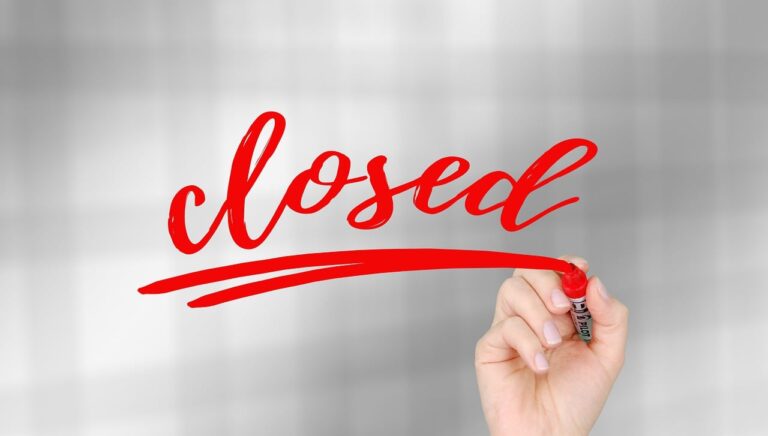Weekly Fiscal Facts are provided to Wisconsin Newspaper Association members by the Wisconsin Policy Forum, the state’s leading resource for nonpartisan state and local government research and civic education. The Wisconsin Policy Forum logo can be downloaded here.
The number of Wisconsin high school students earning college credit through dual enrollment programs at public universities and technical colleges has more than doubled in the past decade.
In the 2021-22 academic year, 69,471 high school students in Wisconsin earned some college credit in a dual enrollment program. That was about 23.5% of the state’s high school population that year, and it marked a 126% increase from a decade earlier.
The vast majority of students in dual enrollment programs studied at their own high schools, in classes taught by high school teachers approved by the college. Two programs administered by Wisconsin’s Technical Colleges (WTCS) and the University of Wisconsin (UW) System accounted for more than 87% of all dually enrolled students in 2022.
Many of the state’s 22 private colleges and universities offer dual enrollment programs of their own to additional students and are gathering data that might be used to track their activities in the future, but those figures are not yet available.
A wide range of classes is available to students across both the UW System and WTCS. In the WTCS programs, the three most popular classes taken for dual credit in 2022 were Medical Terminology, a required course for many programs in the Health Science Career Cluster; Introduction to Psychology; and Oral/Interpersonal Communications. In the UW System, the three most popular subject areas for the past decade have been mathematics, English, and Spanish.
Given the numerous types of programs, there could be several reasons for the steady and substantial enrollment increases. One obvious reason for the growth in dual enrollment participation, however, is its potential benefits for all parties involved.
High school students see these programs as a way to save time and money by earning credit and credentials ahead of schedule from local colleges or universities. High schools promote these courses as part of their academic offerings and highlight their ability to give their students a leg up on their college and career climb. In some cases, dual enrollment programs function as an alternative or complement to Advanced Placement (AP) classes. And colleges use dual enrollment courses as recruitment tools.
Existing national research indicates a net positive effect of dual enrollment programs, with benefits related to college degree attainment, college access and enrollment, credit accumulation, high school completion, and general academic achievement in high school.
Rising dual enrollment participation may be a win for students, K-12 and higher education institutions. But better data collection and analysis is needed to assess how these programs affect student readiness for the workforce or higher education. As dual credit participation increases, it becomes all the more important to make sure these programs are effectively serving students across the state and doing so equitably.
This information is a service of the Wisconsin Policy Forum, the state’s leading resource for nonpartisan state and local government research and civic education. Learn more at wispolicyforum.org.



